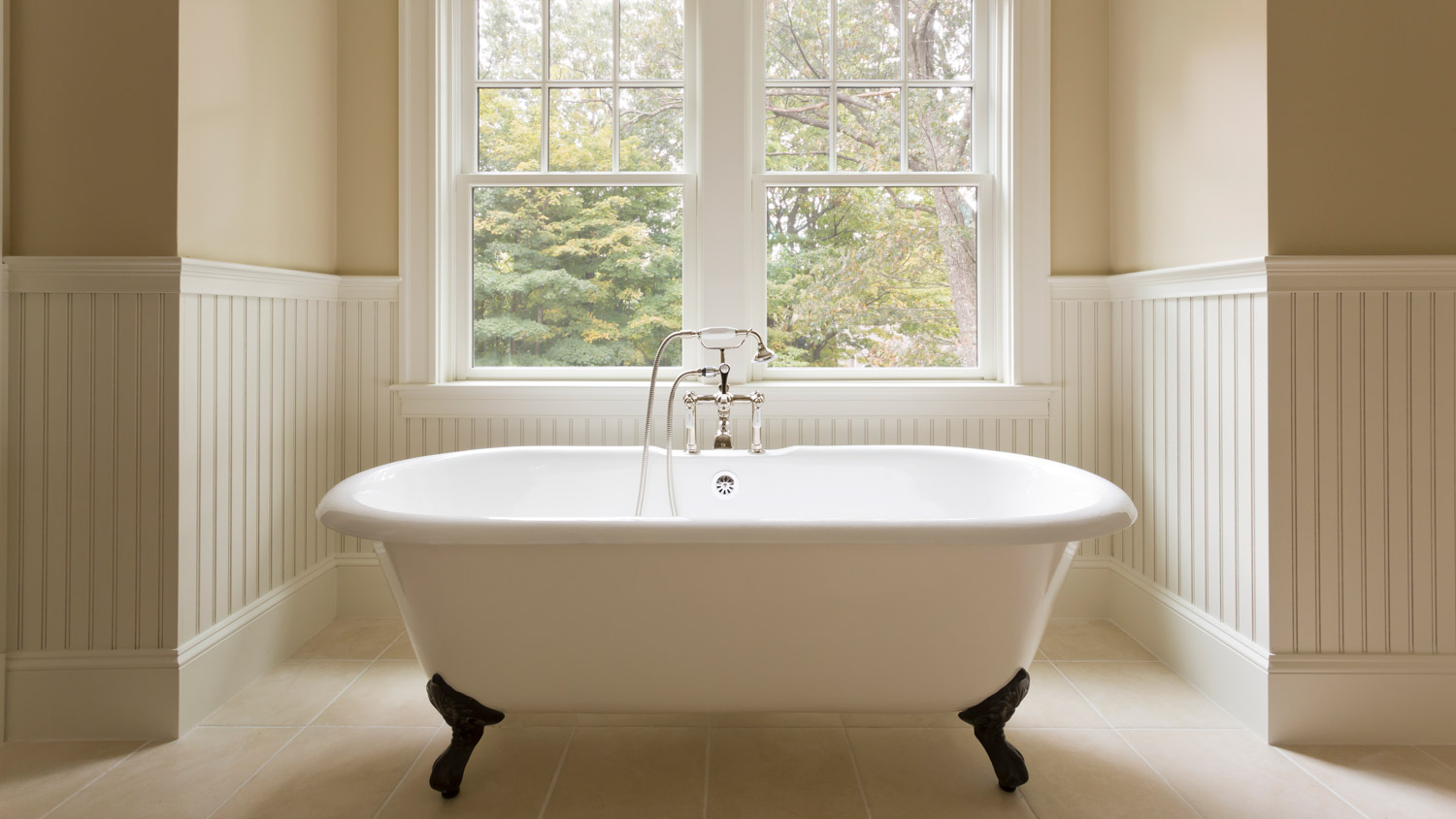
Get matched with top rototilling pros in Centerville, SD
Enter your ZIP and get matched with up to 5 pros
Need a pro for your rototilling project in Centerville, SD?
Find Rototilling pros in Centerville
No results for Rototilling pro in
Try adjusting your search criteria.The homeowners guide to home care is here
From average costs to expert advice, get all the answers you need to get your job done.

Do you want to add a mudroom to your home but are unsure if it’s within your budget? Use this mudroom addition cost guide to determine your installation price range.

Home sauna costs aren’t cut and dry. It depends on the model and your space. If you want to install a sauna, this guide will help you plan your budget.
 •
•A bidet—stand-alone, attachment, spray nozzle, or toilet combo—reduces toilet paper usage and saves money, but how much is a bidet? Here’s how much you’ll pay.

Discover how to dispose of old countertops, including removing, recycling, and donating. Our expert guide has all the info for DIYing or hiring a pro.

An updated bathtub can give a bathroom a whole new look. Find out how much it costs to replace a bathtub in San Francisco, CA, including prices by type and labor costs.

Quartz sinks can be an affordable and simple-to-maintain alternative to stone sinks. Learn about quartz sinks pros and cons in this guide.